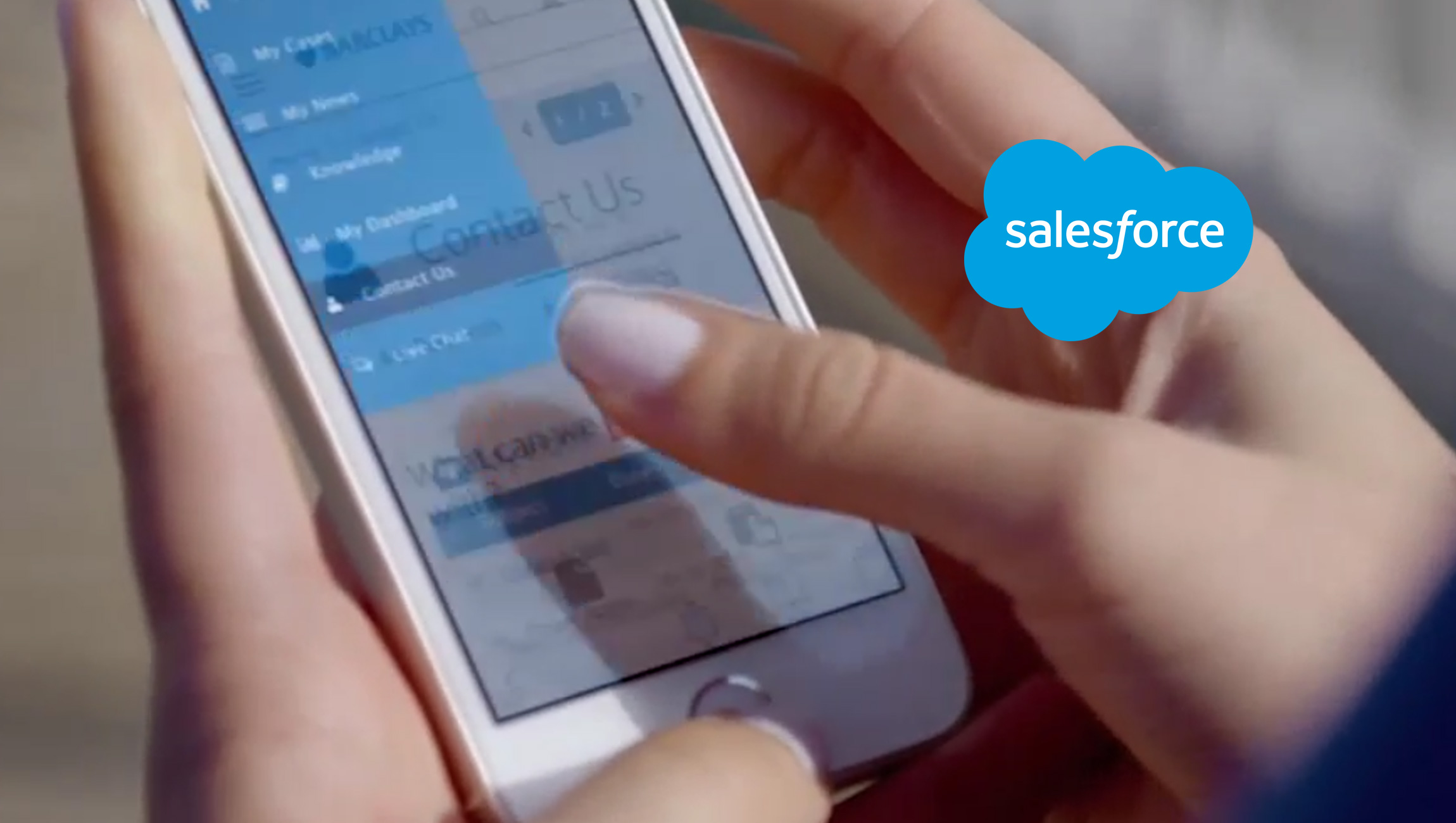Alexei Chemenda
CRO for Apps and MD, USA, Adikteev
Ask any inbound marketer and they will tell you that mobile marketing is the future. Wireless expressions on the small screen now hold more dollars in the ad industry than ever before. In 2018, mobile marketing and mobile advertising (learn the difference between the two in this TechBytes!) is no longer a trend. Rather, they are a staples for any business. To understand how mobile marketing is evolving, especially in the app development ecosystem, and the impact of incoming GDPR disruptions, we spoke to Alexei Chemenda of Adikteev.
Html code here! Replace this with any non empty text and that's it.
Tell us about your role at Adikteev and the team you handle.
I’m serving as our Chief Revenue Officer for Apps and as Managing Director for the US. Most of my focus goes toward our US expansion, both in terms of hiring and growing our accounts. The US team is mostly client-facing since we have our research and development team in Europe (Paris and Berlin). We’re doing our best to assemble a team of experts in the US, with more than 10 people who’ve joined very recently, across all departments (BI, creative, Sales, AM, etc.).
How do you differentiate between Mobile Marketing and Mobile Advertising Technologies respectively?
One serves the other. Mobile marketing is the strategy you utilize to grow your mobile advertising business. For example, you might want to interact with audiences on TV, Facebook, Instagram, Twitter, etc. However, it’s important to engage with your audiences in different ways. How you target a VIP customer versus a new customer will be different, and how you’ll execute your targeted strategy is where mobile advertising technologies come into play.
The interesting phenomenon that we’re seeing is that advertising technologies, which were formerly mere channels of communication, now provide immediate feedback and insights that help you define your strategy. In the next few years, mobile advertising technologies should be able to define how you operate your overall marketing strategy
What would be the most contemporary definition of ideal mobile app marketing optimization? Could you also tell us about your DCO Tool?
We are seeing marketers understand that the more advanced they want to be, the more personalized they need to be. Marketers are no longer using the old strategy of sending the same ad over and over to many different users. In an ideal world, marketers should create one unique ad for every single user. If the ad is relevant to the user, they should appreciate it. As a Tennis lover, if you show me an ad for 10 percent off the US Open, I promise I will love this ad.
We’re actually not that far from what seems to be a utopia. Often for our large advertising partners, we run thousands of different creatives to be able to serve highly personalized ads.
Our DCO tool is pretty simple, and helps us personalize an ad to make it extremely relevant for the user:
- Data: We integrate with any data partner that allows us to be more relevant to the user. It can be a DMP that stores the browsing history, or real-time weather data to use based on a user’s location.
- Images: We work off a base canvas, where we can add as many elements as we want on top. Typically, we use a mixture of our advertisers’ existing assets, as well as custom assets that we create for them in-house.
What would be the biggest impact of GDPR on the mobile marketing tech industry, especially the ones dealing with programmatic campaigns?
To be quite frank – and I expect your meaning of “biggest impact” to be negative – we see it as a positive impact on user data. We’ve worked a lot with regulators to clearly understand the implications and goals, and we believe it’s a win-win-win for advertisers, DSPs, and users.
GDPR is merely a set of rules to remind us that any user’s data is valuable, and we should treat it as such. Marketers should increase security and officialize protocols to treat and store this data. If you look across all the partners involved in an end-to-end programmatic transaction (from bid request to impression displayed), the only players who will have to be very careful are publishers directly (and their DMPs). They will have to work hard to elegantly ask for the user’s consent to use one’s data. The fact that GDPR is recursive (we are GDPR only if our partners our GDPR) will push GDPR faster than most regulations.
What are the major challenges for mobile app marketing app companies in 2018? How does Adikteev help overcome such challenges?
The two challenges would be — Fraud and Incrementality.
- Fraud was a hot topic for most advertisers in 2017 and will continue to be one in 2018.
Adikteev has business intelligence teams measuring for fraud internally and has been audited and cleared by external partners and advertisers as well, which is why we also take time to shed light on fraud to our clients.
- Incrementality is probably the easiest challenge to overcome, yet so many marketers ignore it. Most advertisers focus on ROAS (Return on Ad Spend) but don’t necessarily measure incrementality (or “uplift”). This answers the question “how many users that converted, would have converted regardless of showing ads?”
This is why when other partners refuse to do incrementality, we actually push it for 100 percent of our clients. I’m confident a lot of budgets out there are being spent at a loss, while the advertiser thinks they’re seeing a profit.
How does Adikteev leverage data science and AI/ML capabilities to better mobile marketing campaigns
Adikteev actually has a strong (and large) team focused on data science and ML capabilities, so it’s an easy answer — in every potential parameter:
- Creative improvement (the creative can automatically adapt to increase performance)
- We don’t have a one size fits all algorithm. Each algorithm we use serves a specific purpose based on campaigns goals
- Predicting user lifetime value and potential
- Pricing: how much are we ready to pay for every single impression?
- Capping: what’s the ideal impression/frequency capping for every campaign? (it’s different for every client)
There are two ways for us to use these insights. The first is to use them to increase our campaign’s performance. The second is to share insights with the client that they don’t already know. To this day, I’m not clear on which insights are most valuable between those two.
Thanks for chatting with us, Alexei.
Stay tuned for more insights on marketing technologies. To participate in our Tech Bytes program, email us at news@martechseries-67ee47.ingress-bonde.easywp.com











